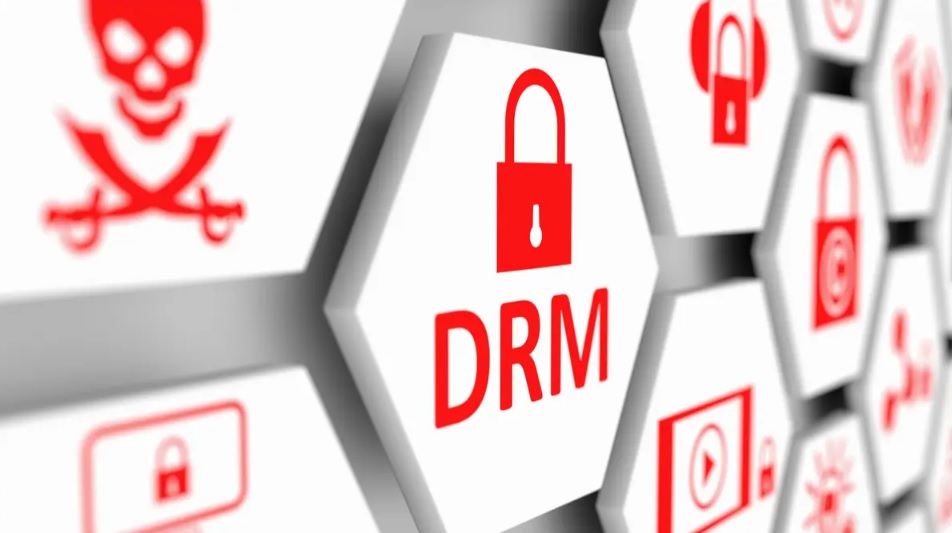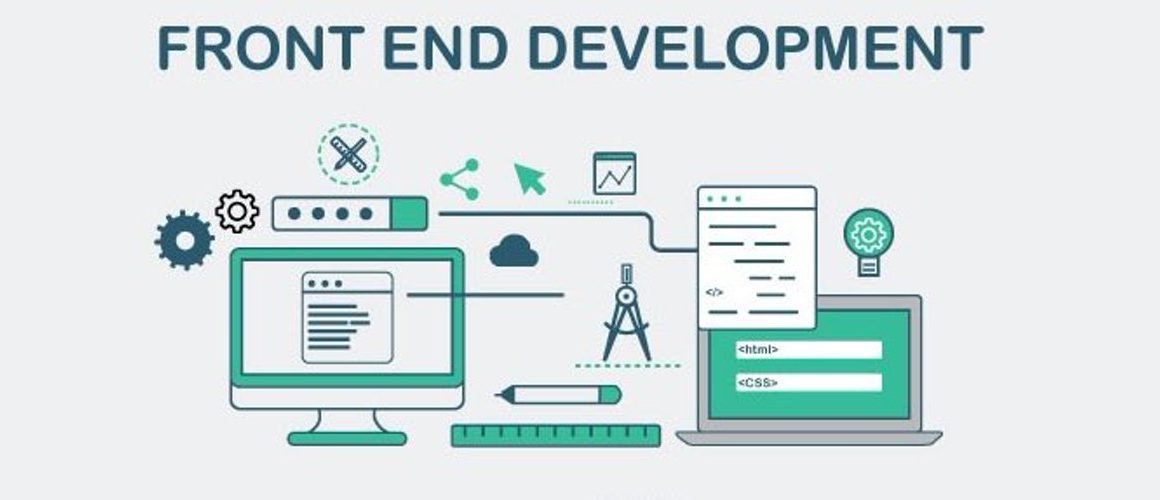The term “digital rights management” (also abbreviated as “DRM”) refers to a technology that uses a combination of hardware and software characteristics to enforce copyright licences, user limitations, and device controls.
DRM is abbreviated as “DRM,” and its acronym stands for the phrase “digital rights management.” It is relevant to both software and content, such as the video files that can be found on streaming and over-the-top (OTT) platforms.
As a direct result of the meteoric rise in popularity of video streaming websites such as Netflix and Amazon Prime, Hollywood studios’ primary concern these days is preventing unauthorised access to their content as well as piracy.
This is due to the fact that Hollywood studios are aware that video streaming websites like Netflix and Amazon Prime are becoming increasingly popular.
The production and acquisition of content of the greatest quality is excessively expensive, and large studios simply cannot afford to let revenue slip through their fingers in this day and age.
They would rather use the implementation of a multi DRM solution to make up for income deficits, even if this will result in increased expenditures for the company.
When it comes to providing digital rights management (DRM) licences for material to a wide variety of video and movie creators all over the world, the industry leaders are Google, Apple, and Microsoft.
These companies dominate the market. End users utilise a diverse range of computing devices and internet browsers, all of which are supported by the products produced by these companies, in order to gain access to streaming content.
Using a multi-DRM technique requires the utilisation of a workflow that is extremely sophisticated. This is because there are many different components involved in securely encrypting and decrypting the content, and each of these components must be handled separately.
The live or VOD source, which is responsible for supplying the video stream or file, is located at the input end of the workflow. The user device, which is responsible for playing the video file, is located at the output end of the workflow process.
This user device could be a mobile device, a desktop browser, a gaming console, or any other type of device at your disposal.
The encoding process, which pings any of the DRM provider servers (such as Google Widevine, Apple FairPlay, or Microsoft PlayReady) to obtain the pertinent DRM licence key, a content delivery network (CDN), and a content decryption module that resides in the user device can be found in between these two ends.
When it comes to user identification, a multi-DRM service will repeatedly make server calls to all of the components.
This is especially crucial when the content in question is being played on various devices that have the same subscriber ID. In addition, the multi-DRM service decrypts portions of the video files in order to guarantee that the whole thing will never be susceptible to an effort at hacking.
The utilisation of a multi-DRM software as a service (SaaS) contributes to the simplification of this process on both the technological and the commercial fronts.
This is accomplished on a technological level through the development of a streamlined and automated workflow that starts with the input file and continues all the way to the user’s device.
This workflow starts with the file that is being processed and continues all the way to the user’s device. On the commercial side of things, it accomplishes this by offering pay-as-you-go subscription plans to content studios and creators.
There are certain cloud-based services that support multiple digital rights management (DRM) systems in addition to offering their very own DRM system.
By utilising a reliable multi-DRM service, content creators and OTT platforms should be relieved of the majority of their concerns regarding the safety of their content.
This will enable them to devote more of their attention to other parts of their businesses, such as the creation of revenue.



